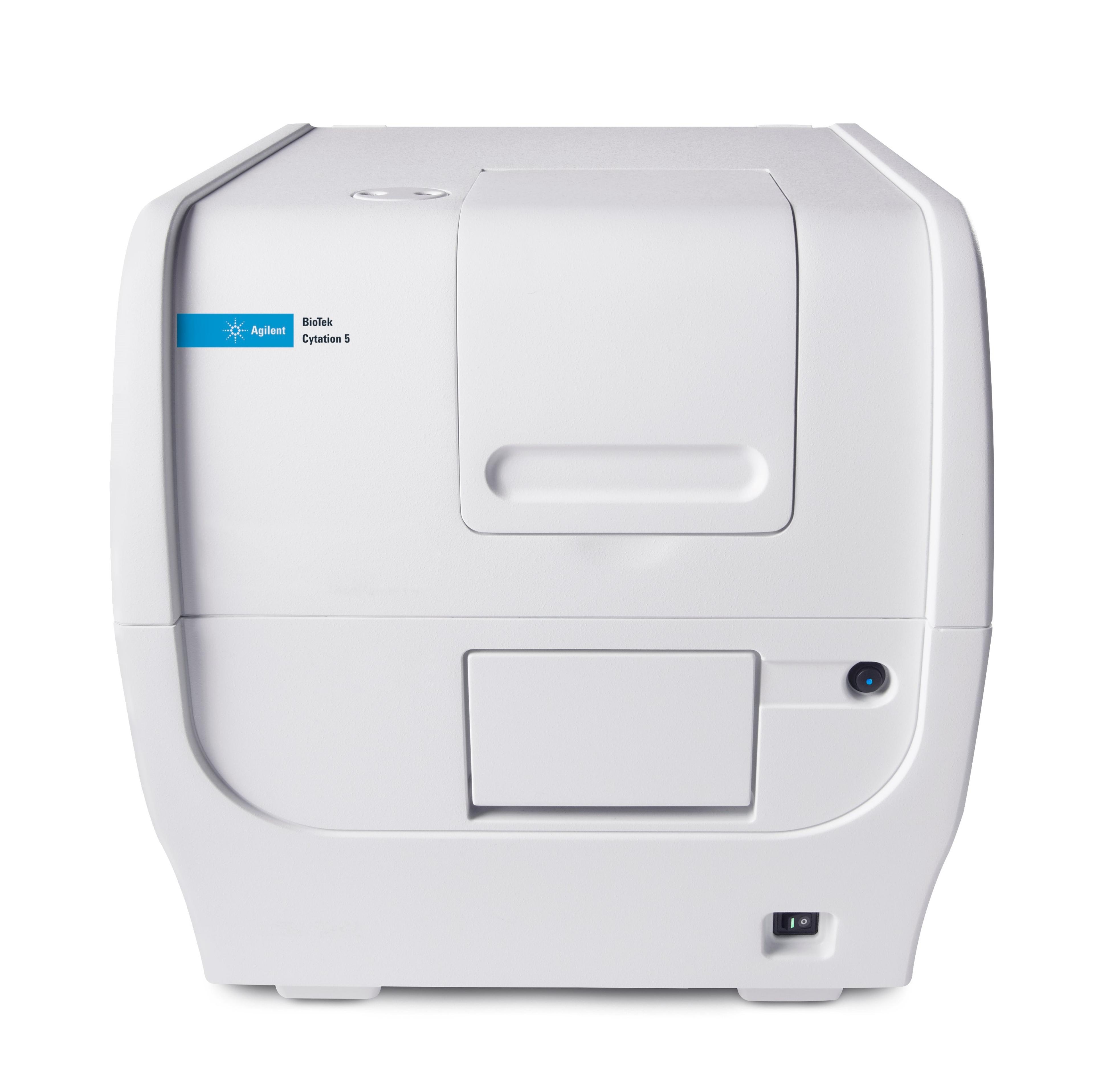Investigating Novel Therapeutics for Cardiovascular Disease Using the BioTek Cytation 5 Cell Imaging Multi-Mode Reader
Discover how the Director of the Stanford Cardiovascular Institute uses this technology
9 Apr 2015Joseph C. Wu, MD, PhD is the Director of the Stanford Cardiovascular Institute and Professor in the Department of Medicine (Cardiology) and Department of Radiology (Molecular Imaging Program) at the Stanford University School of Medicine. In this exclusive SelectScience interview, Dr Wu reveals how BioTek’s Cytation 5 Cell Imaging Multi-Mode Reader is helping his lab to perform cardiovascular drug screening.
Novel Cell and Gene Therapies for Cardiovascular Disease
The Wu lab, which is comprised of molecular biologists, cell biologists, biochemists and non-invasive imaging specialists, focuses on the translation of novel cell and gene therapies for the treatment of cardiovascular disease. Research in the lab currently investigates the biology of stem cells in order to better understand differentiation, immunogenicity and tumorigenicity, and identify novel therapeutic targets.
In order to address these important topics, the lab applies various imaging, genomics and high throughput screening techniques both in vitro and in vivo. The BioTek Cytation 5 Cell Imaging Multi-Mode Reader, a recent addition to the lab, is aiding this research.
Using the BioTek Cytation 5 for Cardiovascular Drug Screening
Dr Wu explained how the Cytation 5 is benefitting the research in his lab: “The Cytation 5 has been extremely useful for our work on cardiovascular drug screening and discovery. It represents an excellent all-in-one plate reading/imaging tool, allowing us to screen for drug toxicity in a high throughput fashion, using both quantitative and qualitative methods.”
“We have recently used the Cytation 5 to develop a number of high-throughput cardiotoxicity assays for use in human stem cell-derived cardiomyocytes (heart muscle cells).”
Future Research Using the Cytation 5
Dr Wu highlighted the important role the Cytation 5 has played in drug toxicology research: “The Cytation 5 truly shines as a multi-purpose platform for generating qualitative and quantitative data, and has been integral to our work on drug toxicity.” He hopes to be able to use this technology to perform toxicology assays in other cell types: “We believe that the Cytation 5 will continue to aid us immensely for high throughput cell-toxicology assays, focusing not only on human heart muscle cells, but also for human endothelial, liver cells, and other cell types.”

